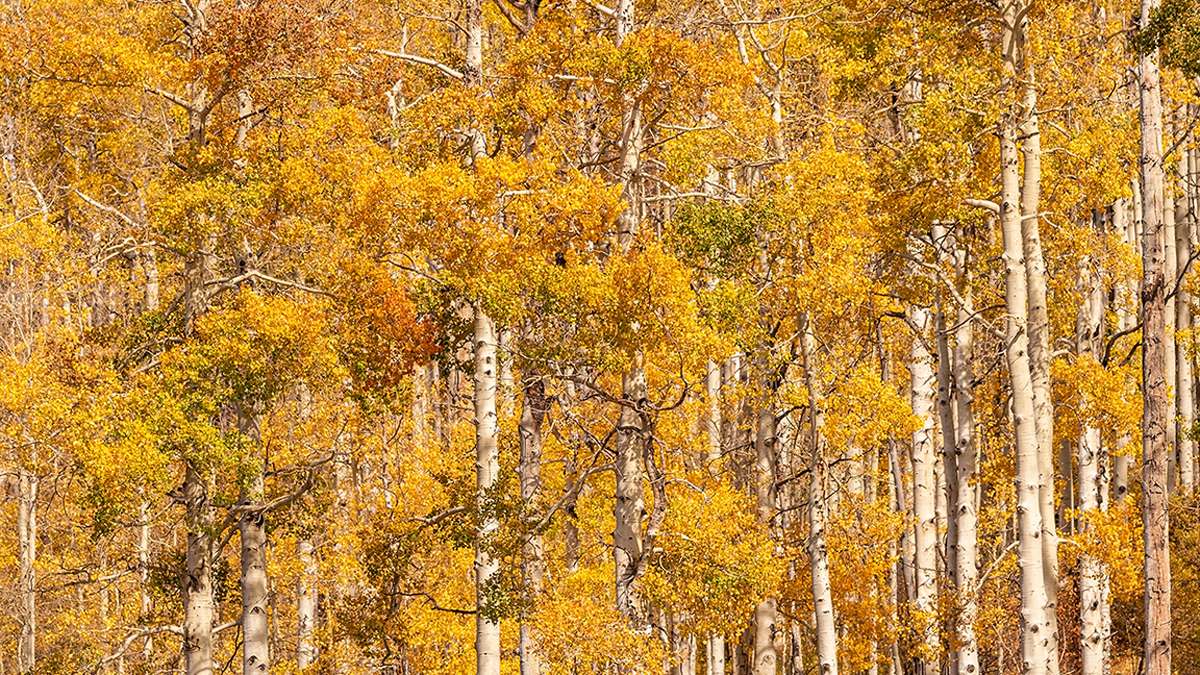A new study questions previous research that theorized the presence of wolves triggered the regeneration of aspen trees in the Greater Yellowstone Ecosystem.
Trophic cascade is described as an ecological phenomenon that occurs when either adding or removing a top predator from a given landscape which then creates beneficial trickledown effects for wildlife and vegetation. In this case, the questioned theory holds that introducing wolves into Yellowstone Park sparked a decrease in the elk population which then allowed aspen and other vegetation to better grow and reproduce.
According to the latest research, the methodology previously used to measure aspen growth lies at the heart of the issue.
“It’s a complicated story,” Dan MacNulty, from the Department of Wildland Resources at Utah State University, told the Billings Gazette. “The effect that has been described in numerous publications is an exaggerated effect because they measured the highest performing plants.”
MacNulty is referring to the specific trees previous researchers monitored. He and his team described how earlier researchers measured only the five tallest young aspen in a given stand of trees which led to an “overestimated regeneration of overstory aspen…compared to random sampling because it favored plants taller than the preferred browsing height of elk and overlooked non-regenerating aspen stands.” MacNulty and his team further highlighted the critical importance of basic sampling principles for achieving an accurate understanding of trophic cascades.
Questioning the theory behind trophic cascade is nothing new among the science community. In 2018, MacNulty mentioned wolves receive too much credit for ecological change. Regarding trophic cascade, he stated it is a “romantic story” about a world “that doesn’t really exist.” At the same time, Tom Hobbs of Colorado State University said disagreement exists about the impacts of reintroducing an apex predator onto a landscape. “It’s a lovely story, and I would love this to be true, but it isn’t,” said Hobbs.
In 2019, scientists from three universities in two countries said more testing was needed regarding this “assumption of reciprocity.” And in 2010, another team of researchers determined young aspen in Yellowstone were not recovering despite the presence of wolves.
“We tend to want to say that the change in elk herds is because of hunting or because of predators, but both of these forces were acting together,” MacNulty told the Billings Gazette. “So any subsequent cascade effect is due to these combined forces.”
(Photo credit: dawnwilsonphotography.com)
